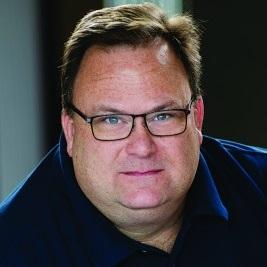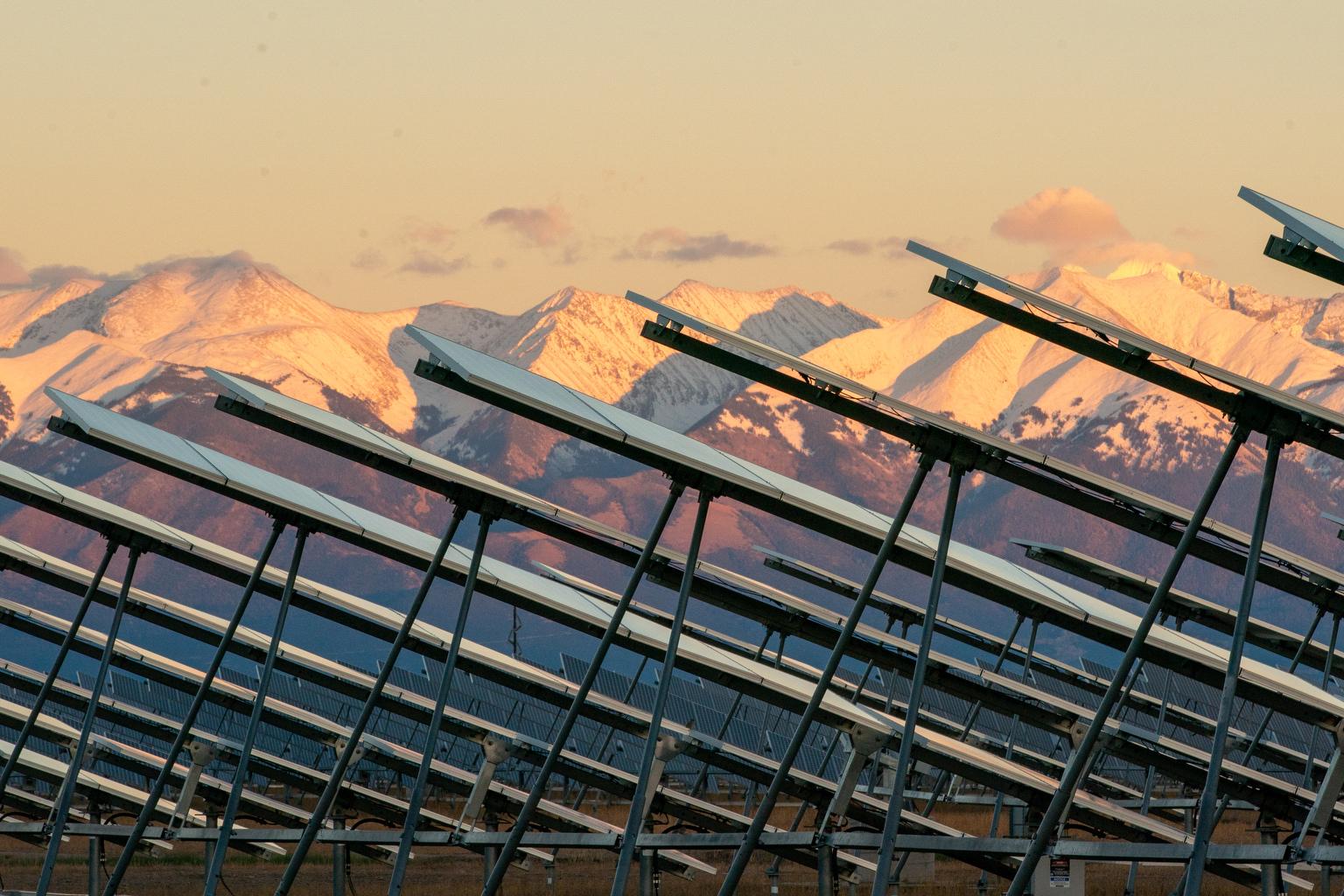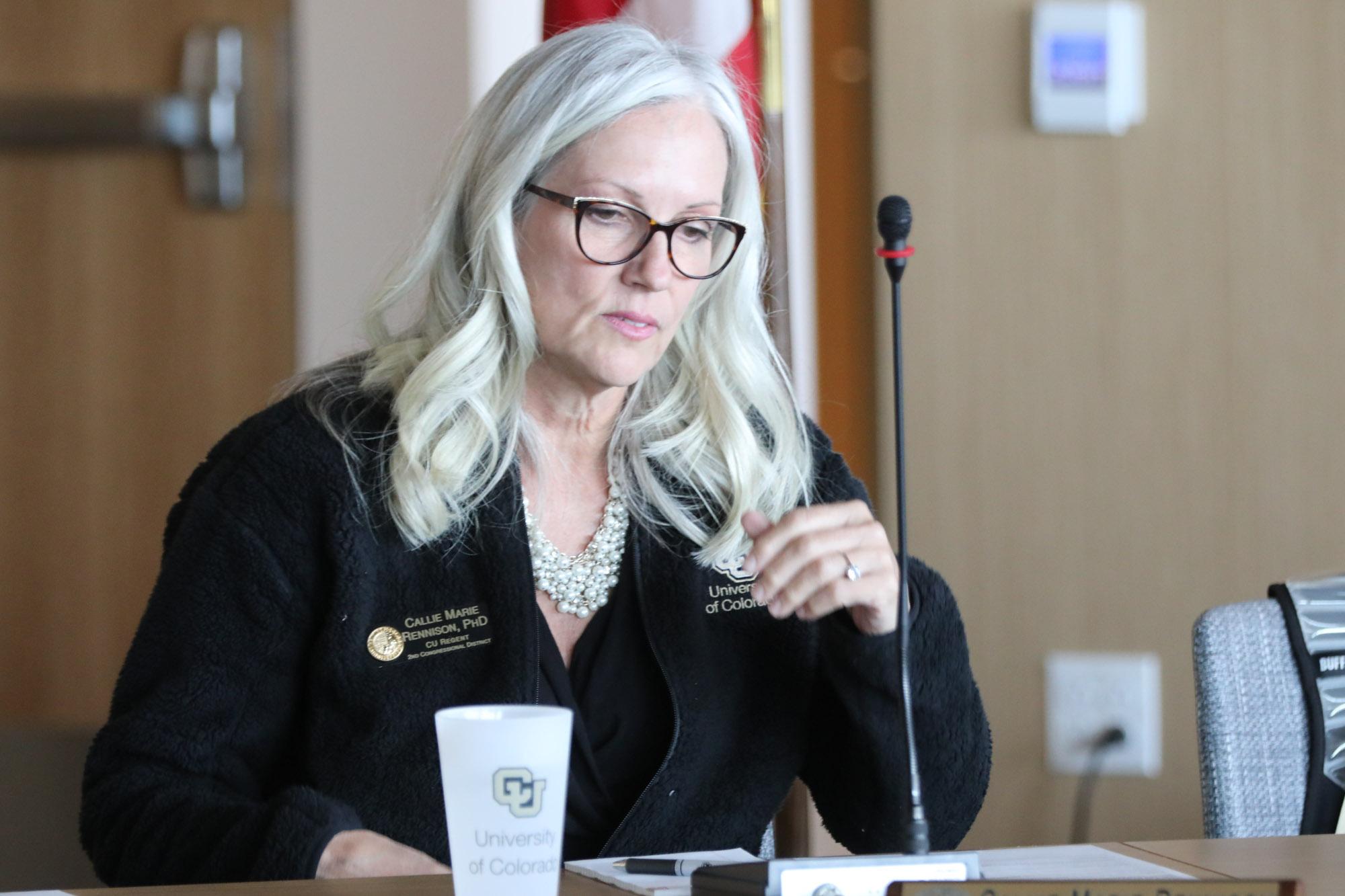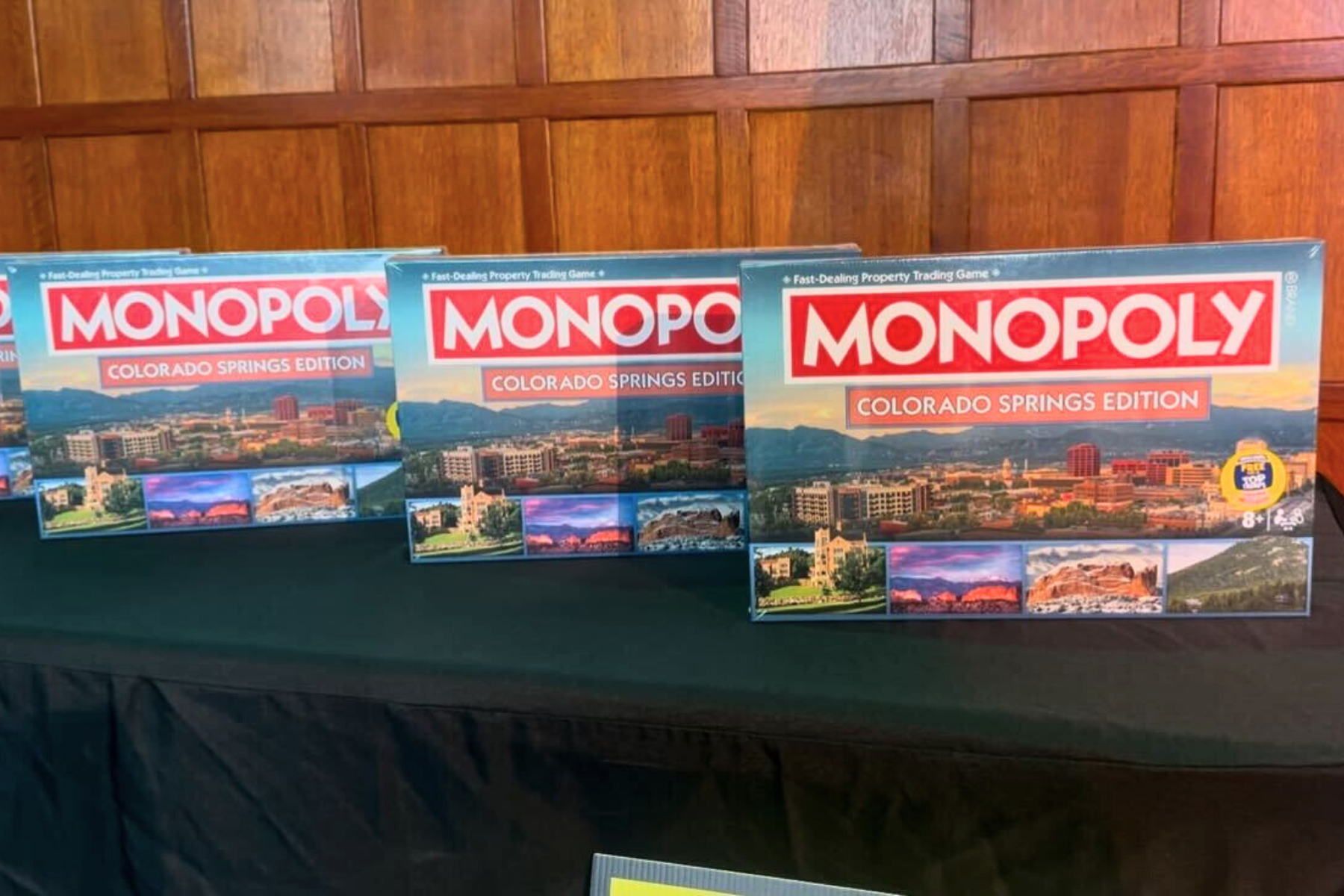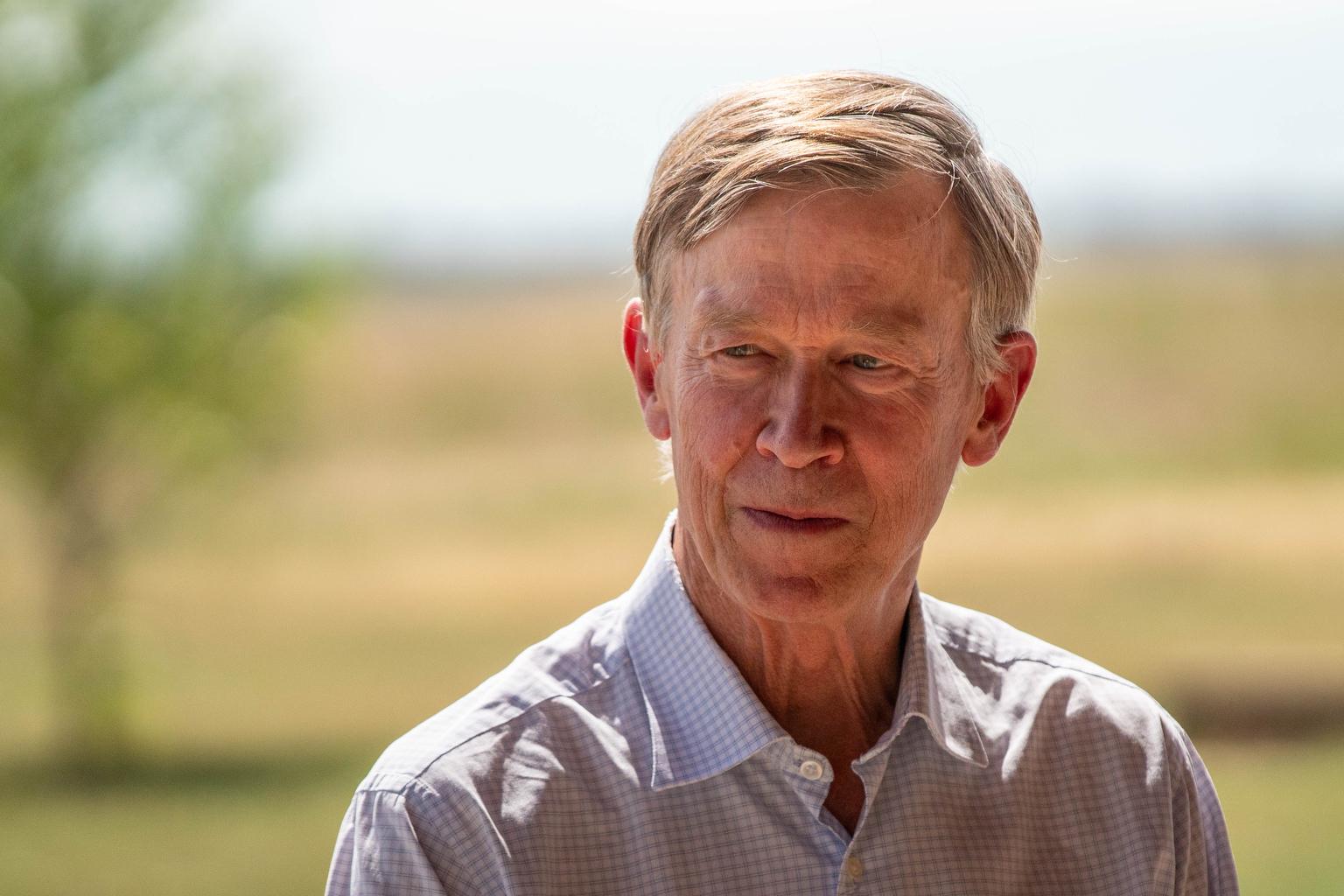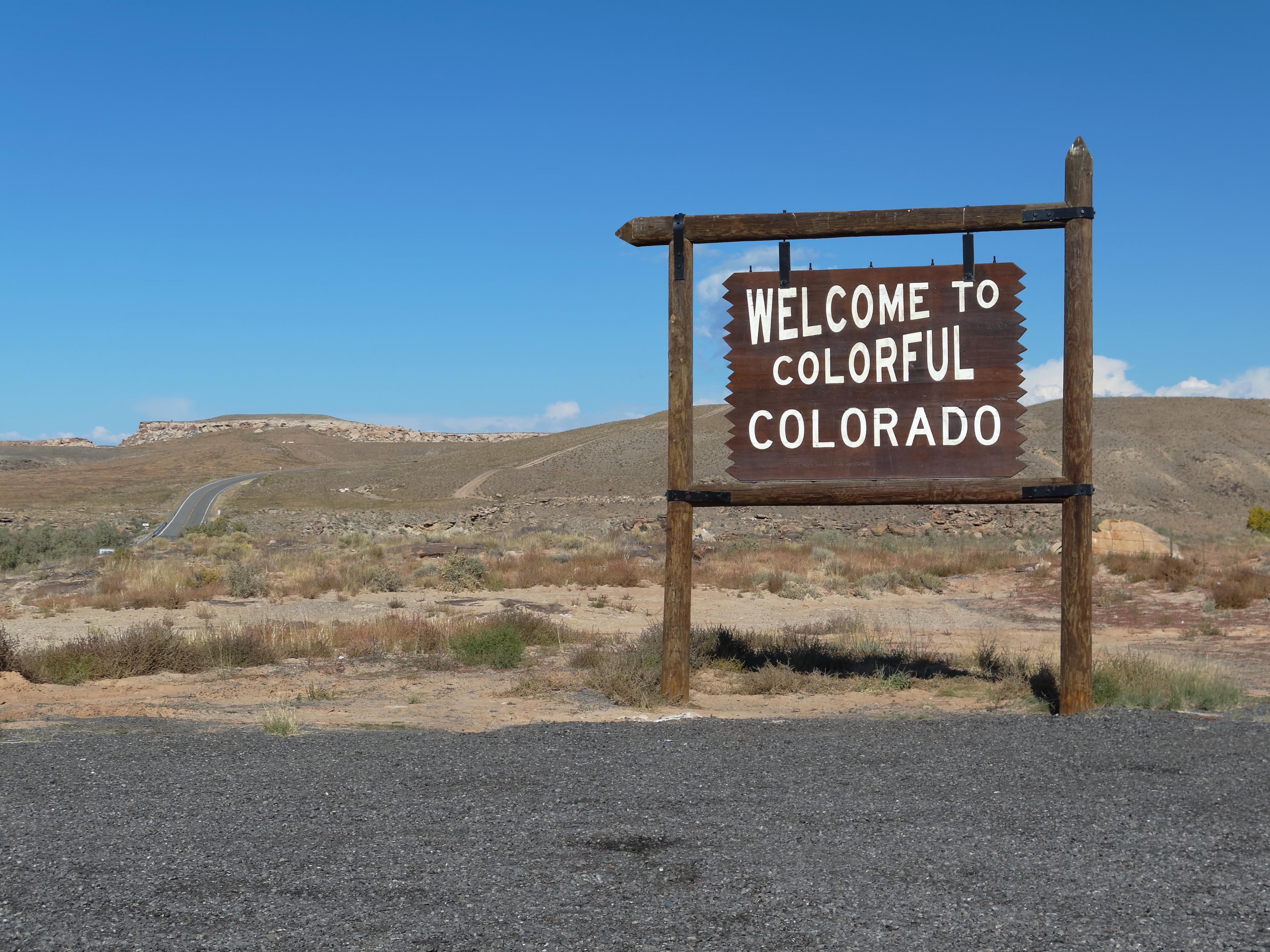

Being a native in Colorado, as you may have heard, is kind of a big deal.
People brandish their Centennial State-bearing birth certificate status on bumper stickers, with t-shirts, in conversations at the bartop.
But how many people in Colorado are actually natives? CPR received that question through our Colorado Wonders project.
State demographer Elizabeth Garner to crunch the numbers. The short answer is: 47 percent of the population in Colorado are native.
“Really, it’s amazing how dependent we are on non-natives in the state,” Garner said. “We’ve grown so many jobs, and we’ve always grown more jobs than we’ve got people, and so we’ve needed people to fill those positions.”
As far as “native states” go, Colorado doesn’t even come close to leading the U.S. states with the most locals, Garner said. Forty-three other states have more natives than Colorado.
“A lot of times when I’m giving presentations I ask the group, ‘How many of you were born in Colorado?’ and it’s typically only about a third to a quarter of the hands will go up,” Garner said.
Colorado has a long history of luring in non-native workers. Going back to the gold rush in the 1800s, the state was flooded with wannabe miners from across the country.
There have been several boom and bust cycles when it comes to in-state migration. After the gold rush, Colorado’s non-native growth slowed down until migration picked up again during the 1960s and 70s before the oil and gas crash. The state recovered in the 90s, only to dip again during a localized recession in the 2000s before picking up again to become the boom Colorado sees today.
Garner believes that record-breaking migration to Colorado could be slowing down though.
“We reached our peak in probably 2015, and then we started to see that slow down again. I think that slow down had something to do with the cost of living,” Garner said.
Garner used data from the American Community Survey taken in 2017.
"I think the western U.S. tends to be a lot less native because it was slower to develop, and so you had people moving in from other parts of the country,” Garner said. “And you know, I don't think it's a positive or negative type of statement if something is more or less native, I think it really just describes what's going on in that community.”
There’s also native disparity within Colorado. Eastern Plains counties have the most native residents, likely due to their history of agriculture. Meanwhile, urban counties that draw in tourism have the most out-of-state residents.
Conejos County is the most native in Colorado, and Hinsdale County is the least native. Both counties are in the southwestern part of the state.
Michigan is the most-native state, with 82 percent of the population born there currently living there. The least-native state is Nevada with a 32 percent native population
